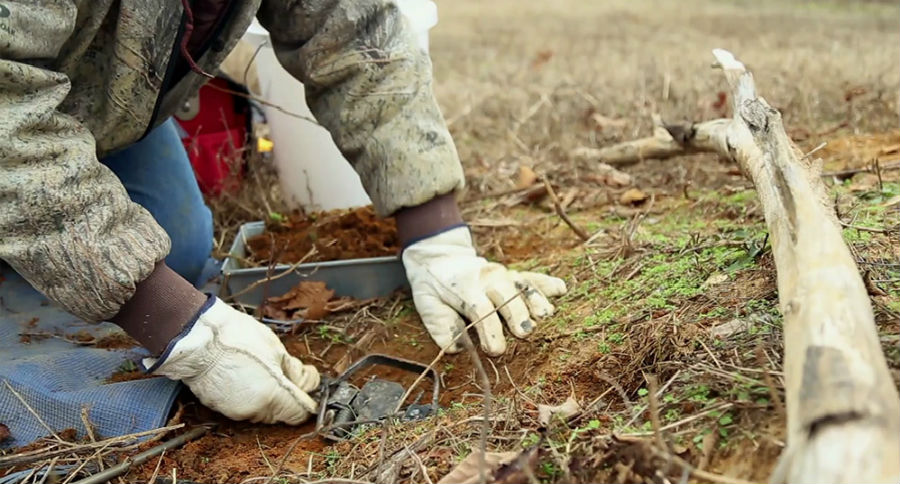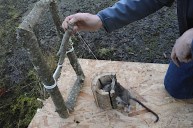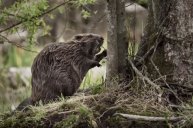A New Mexico Democrat Representative introduced a bill to ban trapping on public land. It's another threat to public land access in North America.
New Mexico Democrat Rep. Matthew McQueen (Santa Fe) introduced a bill—HB 366—that would effectively ban trapping on public land in the state. This threat to public land trapping does not just threaten trapping, it threatens all outdoor sports as well as public land access.
The bill would ban the use of snares, leg-hold, and conibear traps—the most basic tools of the trade for trapping season.
New Mexico has approximately 22 million acres of public land, including nine million acres of National Forest and 13 million acres of Bureau of Land Management land, that would essentially be off limits to set traps in.
"House bill 366 discriminates against sportsmen who have paid for these public lands and continue to pay for their upkeep, protection, enhancement and management," said Luke Houghton, Sportsmen's Alliance associate director of state services. "This bill isn't just discriminatory, it's a threat to the public, pets and livestock producers."
If trapping falls, threats to hunting on public land are sure to follow. Animal rights groups would love to have this bill go through. Even if you are not directly affected by changes to trapping regulations, this legislation should be of concern to you.
New Mexico already tightly regulates trapping in the state. Some say this ban on furbearer management would only serve to increase public safety concerns and threaten agriculture and private property. Legislators in big cities often can't understand that.
"Trappers are on the front lines, working hand in hand with state biologists on furbearer populations and habitat conditions, while removing excess animals which would otherwise endanger the health of pets and even humans, and cause untold property damage," continued Houghton.
"From preventing the spread of rabies by some populations of furbearers to mitigating livestock loss from carnivores and protecting private and public property from flooding damage caused by beavers, trappers proactively protect those in the suburban-wildlife interface and save taxpayers tens of millions of dollars annually."
Hearing Thursday, Feb. 7, 2019
HB 366 is presently in the House Energy, Environment & Natural Resources Committee. The bill will receive a hearing today, Thursday, Feb. 7, at 7:30 a.m. (note: updated from 8 a.m. previously) in room 317 of the state capitol building (490 Old Santa Fe Trail, Santa Fe, NM 87501).
New Mexico trappers, hunters, farmers and ranchers, and anyone who cares about public land access are strongly encouraged to attend. Let your voices be heard. Your trapping license isn't the only way to do it; your presence makes a difference.
Thanks again to Sportsmen's Alliance for bringing this important bill to our attention. Their report cites that "Both federal and state wildlife experts agree that trapping is an essential tool for the scientific management of wildlife and keeping pets and the public safe."
According to the New Mexico Department of Game & Fish, coyote populations are thriving and must be managed. Coyotes are a major livestock predator. Predators kill thousands of head of cattle at a loss of millions of dollars annually.
Even the best management practices can't be effective if they're limited to just private land. If trappers are locked out of public land, we can only expect more livestock losses and more dollars spent in reparations.
Furbearing animals are a part of our outdoor heritage, and recreational trapping is a right all citizens should be proud of. Take that away, and the whole notion of North American wildlife management could be in danger.
Like what you see here? Experience more articles and photographs about the great outdoors at the Facebook page, Stumpjack Outdoors.
NEXT: TRAPPING IS BETTER FOR KIDS THAN VIDEO GAMES
WATCH




